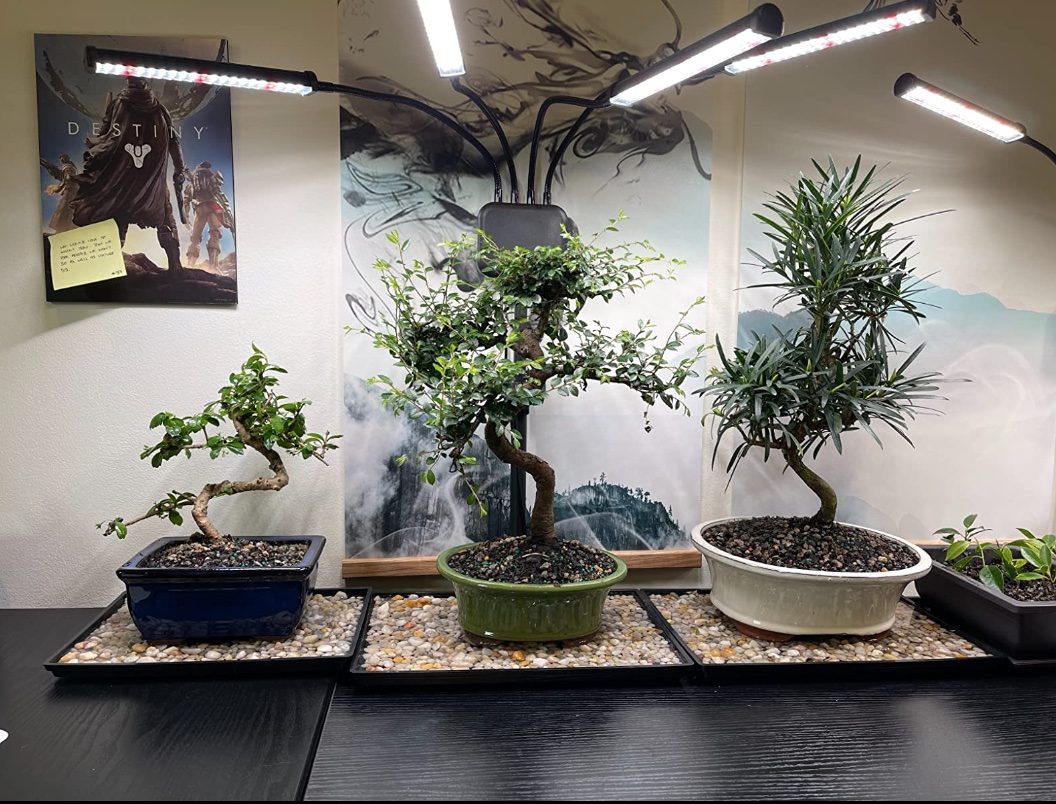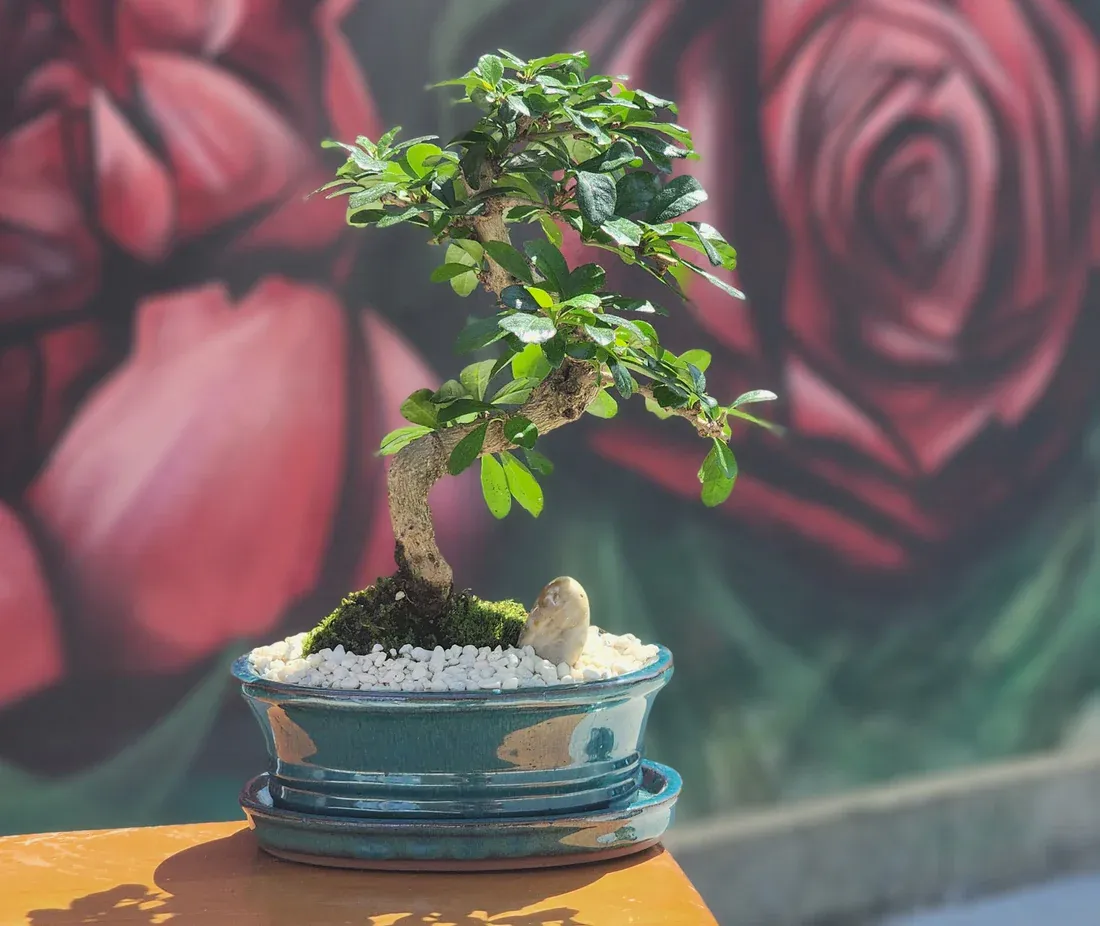- No products in the cart.
What Is Fukien Tea?
Fukien tea bonsai, scientifically known as Carmona microphylla or Ehretia microphylla, is a flowering plant in the Boraginaceae family. This evergreen shrub originates from Fujian province in China and can also be found in regions like Taiwan and Vietnam. It is celebrated for its small, evergreen leaves and delicate white flowers, making it a popular choice for ornamental cultivation. Additionally, the leaves of the Fukien tea are harvested to produce a well-liked variety of Chinese tea. The name “Fukien” comes from the province of Fujian.
History Of Fukien Tea
Fukien tea originates from Fujian province in China, where people have cultivated it for centuries. Chinese literature from the Tang Dynasty (618-907) contains historical references to the plant. Initially grown for its tea leaves, valued for their delicate flavor and aroma, Fukien tea continues to enjoy popularity worldwide, both as a beverage and as an ornamental plant in gardens. In recent years, it has also gained popularity as a bonsai plant due to its small leaves and adaptability to various shapes.

Physical Characteristics of Fukien Tea
Fukien tea typically grows to about 3-4 feet in height but can reach up to 6 feet in its native habitat. The plant has small, glossy, dark green leaves about 1 inch long, with a leathery texture. It produces small, white or pink flowers approximately 0.5 inches in diameter, which have five petals. Small, purple or black berries follow these flowers. Fukien tea, celebrated for its delicate and graceful appearance, is commonly planted for ornamental purposes. Additionally, people harvest its small, dark green leaves to produce tea. This tea is famous for its sweet, slightly fruity flavor that includes hints of honey and floral notes, all complemented by a light, floral aroma.
Cultivation of Fukien Tea
The Fujian province, located on China’s southeastern coast, boasts a subtropical climate with warm temperatures, high humidity, and ample rainfall—ideal conditions for tea cultivation. Fukien tea thrives in the mountainous regions of Fujian, at elevations up to 1000 meters. The plants are grown in well-draining, acidic soil and require plenty of sunlight. These specific growing conditions contribute to the unique flavor and aroma of Fukien tea.
Propagation typically involves cuttings or seeds, though cuttings are preferred for commercial production due to their reliability and speed. The cuttings or seeds are first germinated in a greenhouse or nursery, then transplanted to the field. Fukien tea plants need well-draining, acidic soil and ample sunlight. Regular care, including watering, fertilizing, and pruning, is essential for healthy growth. Tea plants take several years to mature but can produce leaves for many years once they reach maturity.
Uses Of Fukien Tea
As A Beverage
For centuries, people in China have enjoyed Fukien tea as a refreshing beverage. Traditional Chinese medicine touts its health benefits, including improved digestion, weight loss, and reduced blood pressure. To prepare the tea, you steep the dried leaves in hot water for a few minutes. Although it’s usually served hot, you can also enjoy it as iced tea. People often drink Fukien tea with meals or as a dessert tea, and it frequently features in special occasions and festivals. Considered high-quality, it is also a popular gift symbolizing respect and appreciation.

As Bonsai
Fukien tea bonsai (Carmona microphylla), also known as Philippine tea or Chinese banyan, is a small evergreen tree ideal for bonsai due to its size, delicate leaves, and attractive flowers. Bonsai trees are grown from young plants and shaped through pruning and wiring. These trees prefer bright, indirect sunlight and well-draining soil. However, regular watering is very necessary to maintain evenly moist soil. Besides bonsai, Fukien tea is also grown ornamentally and used in landscaping for its small size, appealing flowers, and adaptability.

Techniques for Training Fukien Tea Bonsai
- Pruning: Essential for maintaining the tree’s size and shape. Use sharp bonsai scissors or pruning shears to remove unwanted branches.
- Wiring: Used to shape the branches and leaves. Wrap anodized aluminum or copper wire around branches and gently bend them. However, avoid wiring too tightly to prevent damage.
- Repotting: Repot every few years using a well-draining bonsai soil mix to ensure health and vigor.
- Fertilizing: Regular fertilization promotes healthy growth. Use a balanced fertilizer and follow the manufacturer’s instructions.
- Pest Protection: Regularly inspect for pests like scale insects and mealybugs and treat with suitable pesticides if needed.
I hope this information inspires you to try Fukien tea in your garden, as a bonsai, or as a delightful cup of tea.
Read more about Fukien Tea Bonsai:

